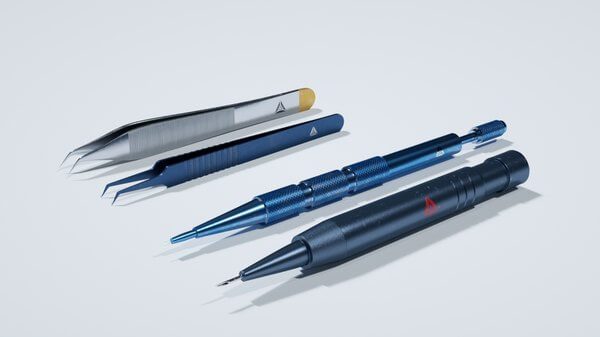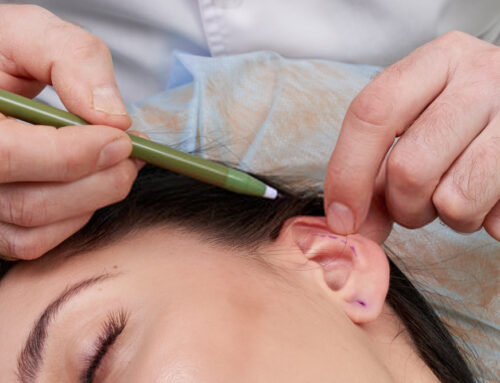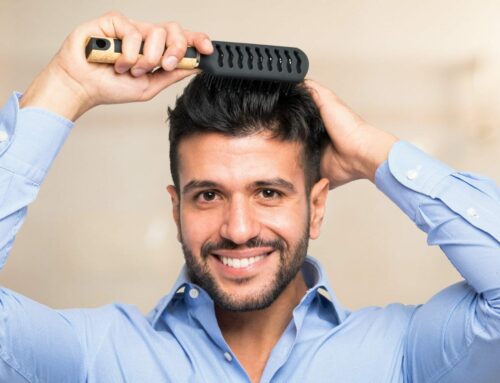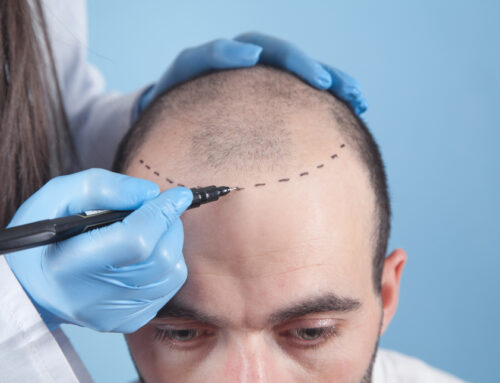What Instruments are Needed for the Hair Transplant
Hair grafts are performed to provide more hair that might have been shrinking or going bald to a region on your scalp. It’s achieved by taking hair from thick sections of the head, or even other areas of the body, and transplanting it to the hairline receding or balding area of the scalp.
About 60 percent of men and 50 percent of women globally suffer any form of hair loss. Individuals also use over-the-counter drugs to resolve this, like topical medications such as minoxidil.
Another regeneration procedure is hair transplantation. The very first scalp hair surgery was performed in Japan in 1939. Physicians invented the “plug” method in the past years. This includes huge strands of hair being transplanted. Over years, surgeons started to use micro-and mini-grafts to reduce the look of grafted hair on the scalp.
To put it plainly, a hair transplant surgery takes your hair and moves it to a place in which you have no hair. Usually, it’s drawn from the back of the head, but can also be extracted from other parts of the body.
How does the doctor get the hair roots needed for hair transplant
The donor hair always comes from your own body. For a classic filling of the receding hairline, the doctor usually removes the hair roots from the back of the head, since the hair there has the same structure and texture as that in the front area of the head. In some cases, however, other parts of the body such as the arms or legs as well as the back and chest are also possible. This can be particularly interesting for a beard or eyebrow transplant. The doctor uses special instruments to remove the required hair. With these, the root together with the hair is first punched out and then removed, which leads to a direct unit extraction of prepared hair that can be implanted directly.
The resulting wounds are so tiny that they can hardly be seen with the naked eye. With the FUE technique, this process happens directly on the patient’s body. However, as part of the FUT method, the surgeon cuts out a crescent-shaped strip of skin from the back of the head in advance, which is then broken down into smaller units and prepared for transplantation. He pulls the remaining scalp together and sews up the slit. Only after this action does the doctor remove the donor hair from the removed tissue strip with the help of magnifying glasses and microscopes. You don’t have to worry about pain with either procedure, since the local anesthetic is already taking effect while the donor hair is being removed.
Your doctor sanitizes the region where the hair is extracted and soothes it with a general anesthetic before beginning a procedure. In a way to stay unconscious for the treatment, you may also seek sedation.
One of these graft methods is then performed by the doctor: FUT or FUE.
To carry out a hair transplant, numerous instruments are required. The use of tools per facility can differ. In this blog post, we will clarify what is necessary to carry out this treatment properly and also why the reliability of these tools is critical.
Anesthesia
Under general anesthetic, a hair transplant is often finished. During the harvesting and implantation of the grafts, anesthesia assures that you do not have discomfort. You can select the Syringe Anesthesia that is 70 percent less painful than a standard needle of hair transplant.
Micro-Punches
A drill or needle is necessary to extract the grafts, often called hair follicles. These tools are usually 0.6 mm to 1 mm in diameter. The length of the tool differs per treatment center. It also varies according to the hair restoration type. Consequently, for a customized procedure, the equipment should be selected for each person individually.
You May Also Like: How can you Promote Hair Growth
Treatment Chair
For a hair transplant, a pleasant and cozy treatment chair needs to be available. The total length of a hair transplant is 4 to 8 hours. You will have to be able to lay both on your back and stomach peacefully.
Petri dish
The implants will be put in a petri dish once the grafts have been extracted. There is a special material in this petri dish, in which the hair remains outside of the scalp and can be placed right again. Kudos to the petri dish, handling and using the implants once they have to be put is simpler for the healthcare staff and the hair restoration specialist.
Sapphire blades
The FUE hair transplant process helps. It has been implemented in the regions where the hair follicles are separated from the donor region to create small micro-channels. Breaking a channel is a stage in which the new findings of hair transplants are directly affected. In this process, doctors use ultra-sharp and finely sliced sapphire plugs, the tip of which is made of sapphire.
The Sapphire Blade guarantees reduced damage and less injury, which facilitates both the procedure itself and quicker recovery.
The DHI Implanter Pen
A pen-like tool with a hollow needle is the DHI implanter. One by one, the service team would insert the implants into the porous needle. The pen is used by the doctor and the implants are fired into the head for transplantation.
Harris Instruments
This instrument is a must for FUE hair transplant surgery. The hooks provided by Harris equipment are quite fine and help to finely detach hair follicles.
Ellis Instruments
It is the best graft harvesting tool as well. In terms of holding the implants without harming them, the forester forceps have a high hold.
Carl Zeiss Loupes
These loupes have the greatest standard of versatility during transplantation, enabling the doctor to function without any fatigue for a long time
Optivisors
These are a kind of loupes designed especially for amplified vision. It offers unmatched clinical sign with the need for the wanted magnification





Leave A Comment